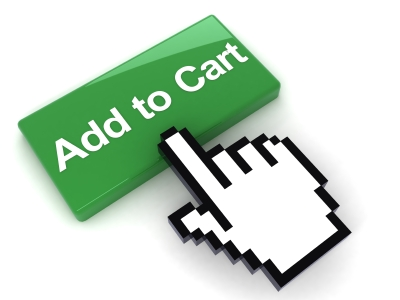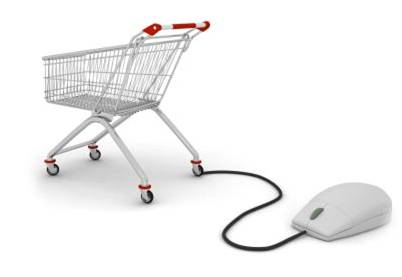What to Expect from a Sage 100 Ecommerce Integration
Struggling to keep pace with new orders and new customers? If you’re thinking about moving forward with your Sage 100 ecommerce integration, read...
2 min read
Joseph Powell Feb 3, 2021 11:34:22 AM

 Customers blurring the line between online and offline sales?
Customers blurring the line between online and offline sales?Of the many impacts on the economy brought about by the pandemic is the continuing blurring of the lines in retail consumerism between your online and offline store. In order to offer the type of seamless service and sales today's shoppers expect, it's time to look closer at the Sage 100 ecommerce solution. If your ecommerce company is struggling to keep pace with new orders and new customers, the solid integration between your ecommerce and Sage 100 back-office platform can help.
Historically, the struggle has been tremendous for a lot of the more traditional retailers. These traditional retailers have struggled with eCommerce since its inception. In unfortunate cases these traditional retailers did not adapt fast enough to the overwhelming threat and it actually put them out of business.
With the growth of omnichannel retail, the unfair playing field was leveled because in the minds of shoppers, the lines between the online and the physical store are so beyond blurred, they are largely non-existent. In the mind of a shopper, all channels are simply one store.
An omnichannel approach is only as successful as the systems and tools you're using to manage it. Today's modern shoppers expect and demand a smooth and seamless customer journey, whether they’re shopping in your physical store or browsing for products in your online store.
Retailers seeking to build a sustainable and well-liked omnichannel ecosystem are always more successful with a fully integrated systems. By centralizing data, it's easier to create that seamless shopper experience regardless of channel.
Retailers need to go beyond the basics and invest time and resources into optimizing customer experiences and operations across the organization. The most crucial integration is between your point of sale (POS) system and your ERP. On this solid foundation, you can operate a successful omnichannel retail business.
Omnichannel retail is all about adapting to fit the customer’s needs, whether they browse or purchase in-store, online or through an app. Unless you are able to meet these needs to your customers' satisfaction, wherever and however they choose to shop, you risk losing their business. But if you get it right, you will enjoy benefits such as increased foot traffic at your locations, enhanced opportunities for up-selling or cross-selling, and increased revenue.
Consumer research shows that most customer journeys involve more than one channel, with shoppers frequently seeking options like Buy Online Pickup in Store (BOPIS) or Click and Collect. When customers use multiple channels for a single purchase, you need to make sure their experience is seamless as they move from browsing on PC or smartphone to the physical store for pickup and additional shopping.
Mobile point of sale (mPOS) via handheld devices, such as tablets, gives your in-person sales team the power to access critical data in order to complete transactions without leaving the customer’s side. This feature is loved by shoppers because it saves time, eliminates the need to wait in a checkout line, and makes their shopping experiences more personal.
Also, with mPOS, your sales associates can provide in-store shoppers with the same inventory data they would see online. This level of customer service is impossible without an inventory management facilitated by an integrated ERP like Sage 100 and your POS system.
Watch the Sage 100 ecommerce integration demo from Kissinger here:
If it’s time to stop manually managing your ecommerce platform with your Sage 100 implementation, it’s critical to get help from Sage 100 experts. The team at Kissinger Associates have deep experience connecting many ecommerce platforms to Sage 100, including Big Commerce, Prestashop, Magento, Shopify, WooCommerce, and Amazon. Contact Kissinger Associates today!

Struggling to keep pace with new orders and new customers? If you’re thinking about moving forward with your Sage 100 ecommerce integration, read...

Why Customers Choose Sage 100 eCommerce Integration Recent studies are indicating that the increase we've seen in online shopper expectations isn't...

1 min read
Sage 100 ERP Users: What You Need to Know about Migrating from Magento 1 to Magento 2 All online merchants who are currently running their eCommerce...